Proper crop nutrition management is an extremely important precondition for healthy and vigorous crops. In this regard, crop nutrients are one of the burning factors for higher yields. Crop nutrition should be a priority in striving to meet global food demands. After all, without essential macro and micronutrients, there wouldn’t be any yields.
We have already written about the role and importance of macronutrients. However, micronutrients are just as important as macronutrients.
Micronutrients are essential elements needed for crop growth that are required in relatively small quantities. Even though demands for micronutrients are small in quantity, these nutrients directly affect crop growth and development.
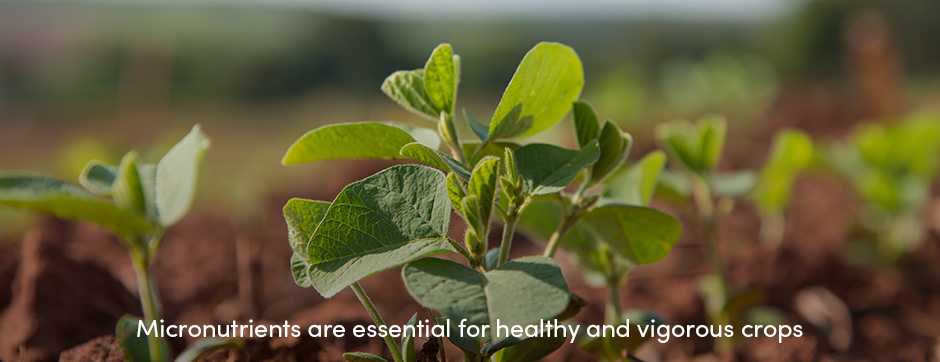
Since farmers concentrate mostly on macronutrient application, excessive amounts of micronutrients are a very rare occurrence. On the other hand, if deficient, crop growth and quality will be affected.
Micronutrients include elements such as:
Boron is a crop element important for
The effects of boron deficiency will vary depending on the type of crop. However, the most common symptoms include:
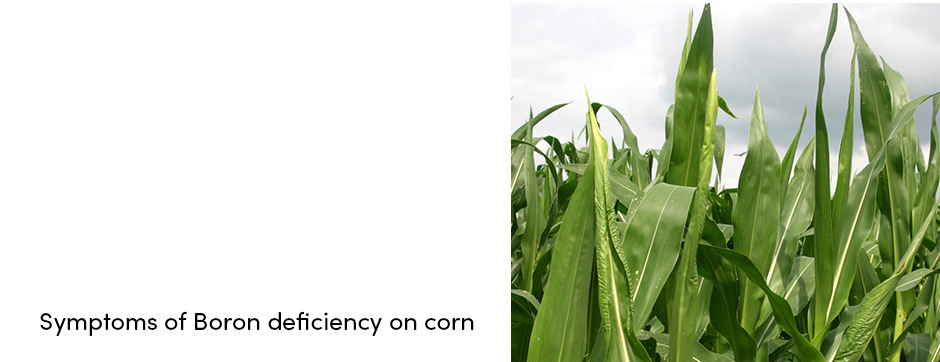
When managing the quantities of boron, it’s important to keep in mind the fact that boron should be applied before the flowering crop stage. Application of boron during later stages is useless.
Iron is micronutrient essential for crop growth. The importance of iron is its role in chlorophyll production. For this reason, iron is the element essential for photosynthesis and enzyme composition. Iron also influences the transfer of energy, nitrogen reduction, and fixation, as well as lignin formation.
An iron deficiency causes yellowing between the veins on the younger leaves.
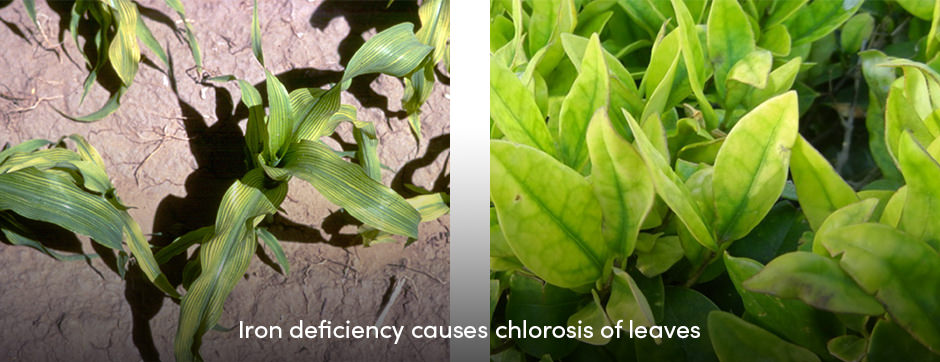
Along with boron and iron, manganese is also an essential micronutrient. It influences chloroplast production and is an active participant in the photosynthesis process. Manganese also activates enzymes and influences germination and crop maturity.
The symptoms of a Manganese deficiency may easily be confused with a deficiency of Iron. These deficiencies manifest as the chlorosis or yellowing between the veins of young leaves.
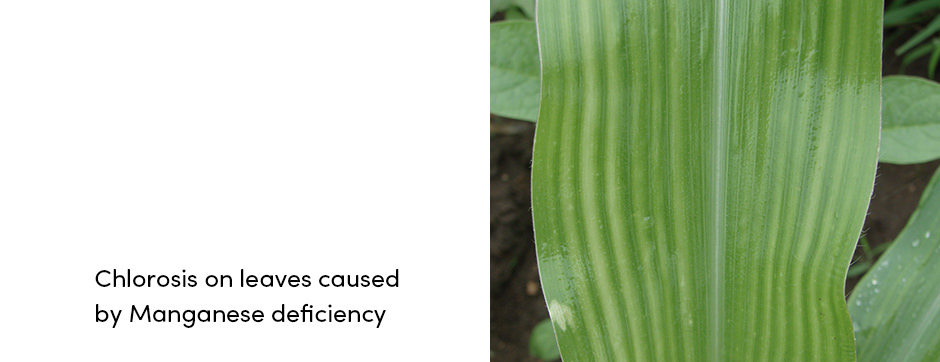
However, when compared to an Iron deficiency, the transition between the leaf blade and the veins is much milder in a manganese deficiency.
Finally, zinc is a component of many enzymes. In addition to that, it is an important factor in:
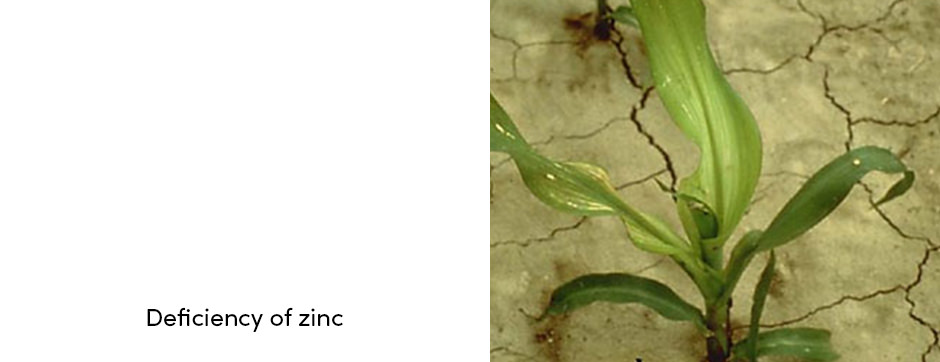
Zinc deficiency manifests differently depending on the crop type, but the most common symptoms include:
Good farm management is important, from the beginning to the end of the crop’s life cycle. Providing the crops with micronutrients is beneficial and integral in producing higher yields.
So, make sure that your crops have plenty of micronutrients!
Text sources: Alberta
Image sources: Crop Nutrition || Crop Nutrition || Love the Garden || Crop Nutrition
|| Novofert – Georgia
We have already written about the role and importance of macronutrients. However, micronutrients are just as important as macronutrients.
Micronutrients are essential elements needed for crop growth that are required in relatively small quantities. Even though demands for micronutrients are small in quantity, these nutrients directly affect crop growth and development.

Since farmers concentrate mostly on macronutrient application, excessive amounts of micronutrients are a very rare occurrence. On the other hand, if deficient, crop growth and quality will be affected.
Micronutrients include elements such as:
- Boron (B)
- Chlorine (Cl)
- Copper (Cu)
- Iron (Fe)
- Manganese (Mn)
- Molybdenum (Mo)
- Nickel (Ni)
- Zinc (Zn).
The Most Important Micronutrients
Each micronutrient plays a different role in a plant organism. However, the most important micronutrients are boron, iron, manganese, and zinc.Boron is a crop element important for
- Sugar transport
- Formation of cell wall
- Production of amino acids
- Crop reproduction
- Flowering
- Fruiting
- Crop quality.
The effects of boron deficiency will vary depending on the type of crop. However, the most common symptoms include:
- Stunted growth of young crops
- The death of growing points
- Deformation of leaves
- Dark brown lesions on leaves
- Yellow chlorosis on leaves
- Poor flowering.

When managing the quantities of boron, it’s important to keep in mind the fact that boron should be applied before the flowering crop stage. Application of boron during later stages is useless.
Iron is micronutrient essential for crop growth. The importance of iron is its role in chlorophyll production. For this reason, iron is the element essential for photosynthesis and enzyme composition. Iron also influences the transfer of energy, nitrogen reduction, and fixation, as well as lignin formation.
An iron deficiency causes yellowing between the veins on the younger leaves.

Along with boron and iron, manganese is also an essential micronutrient. It influences chloroplast production and is an active participant in the photosynthesis process. Manganese also activates enzymes and influences germination and crop maturity.
The symptoms of a Manganese deficiency may easily be confused with a deficiency of Iron. These deficiencies manifest as the chlorosis or yellowing between the veins of young leaves.

However, when compared to an Iron deficiency, the transition between the leaf blade and the veins is much milder in a manganese deficiency.
Finally, zinc is a component of many enzymes. In addition to that, it is an important factor in:
- Early growth stages
- Root, seed, and fruit development
- Photosynthesis
- Balance of plant hormones
- Auxin activity.

Zinc deficiency manifests differently depending on the crop type, but the most common symptoms include:
- Stunted growth
- Reduced length of internodes
- Smaller young leaves
- Yellowing on the lower leaves.
Micronutrients as the Secret for Higher Yields
Micronutrients are often underestimated. Farmers tend to be mostly concerned with the application of macronutrients such as nitrogen, phosphorus, and potassium. Furthermore, many farmers only apply micronutrients upon initial evidence of symptoms of deficiencies. This action may result in lower yields and reduced quality.Good farm management is important, from the beginning to the end of the crop’s life cycle. Providing the crops with micronutrients is beneficial and integral in producing higher yields.
So, make sure that your crops have plenty of micronutrients!
Text sources: Alberta
Image sources: Crop Nutrition || Crop Nutrition || Love the Garden || Crop Nutrition
|| Novofert – Georgia





